With an array of home grain mills available, milling your own flour from home is now easy. Get a grip on your grains with these helpful tips.
Storing Grain
Freezing Grain
Parts of a grain berry
Home milling grain health benefits
Switching to a 100% wholegrain diet
What’s meant by the term wholegrain?
Storing Grains
To best preserve the freshness of your wheat grains, keep them away from heat, moisture and air. Store grains in an airtight container of your choice.
Shelf Life
Wheat grains will generally keep for up to 6-12 months. Unlike flour, the bran layer helps to protect the inner.
Can you freeze the grains?
Yes, you can freeze the grains to prolong their shelf life.
Anatomy of a grain
A number of key parts create the make up of a grain berry.
Bran
Bran is the hard casing or outer layer of a wheat grain. It’s very high in fiber and fatty acids. Additionally, it contains protein, starch, vitamins and minerals.
Germ
The germ consists of 3 parts; Scutellum, Plumule and Radicle. It’s purpose is to help the wheat kernel reproduce.
Plumule
The Plumule is the main bud or shoot for a wheat grain. The purpose of the plumule is to provide food (through photosynthesis) and aid in the development of the shoot system.
Is home milling flour healthier for me than shop bought flour?
Milling wholegrain flour at home is indeed very healthy for you. The bran is packed full of nutrients that are usually lost in white processed flour.
Whole-grains are proven to support your gut health and reduce inflammation. Additionally, they’re high in fibre and encourage the faster passage of harmful agents through your bowel. Bowel cancer is the third most commonly occurring cancer. Increasing higher fibre into your diet is known to reduce the risk.
Should I eat 100% wholegrain all the time?
Eating 100% wholegrain foods has endless benefits and advantages. However, if you’re switching from a diet rich in refined carbs, it would be best to increase the ratio in favour of whole-grains gradually. This will put less stress on both your taste buds and gut. Both of which have been conditioned for refined carbs.
Sourdough Hydration Calculator Buy a Sourdough Starter Sourdough Recipes
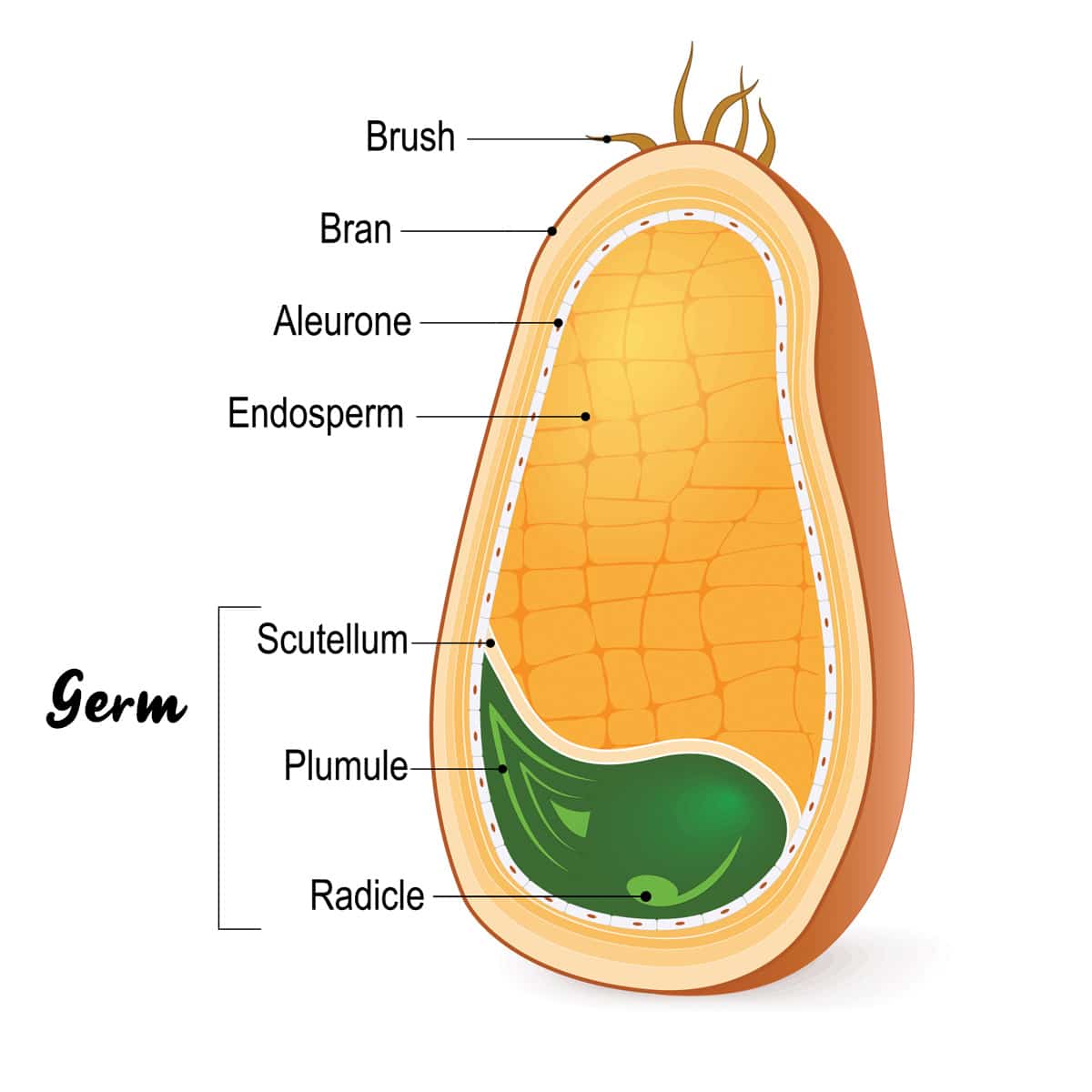
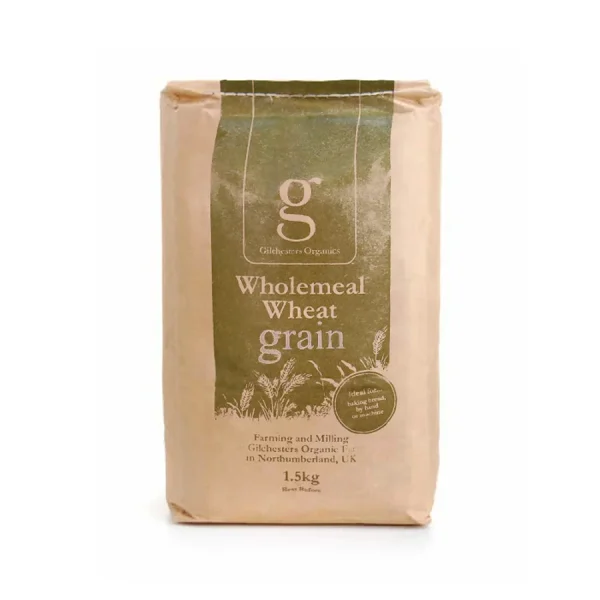
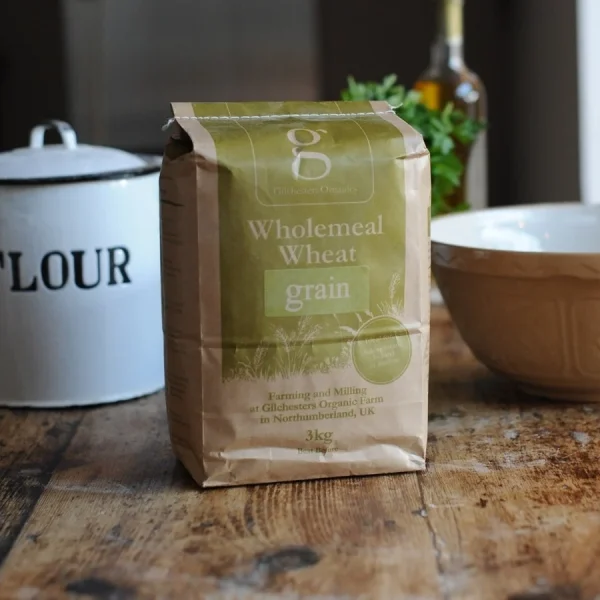
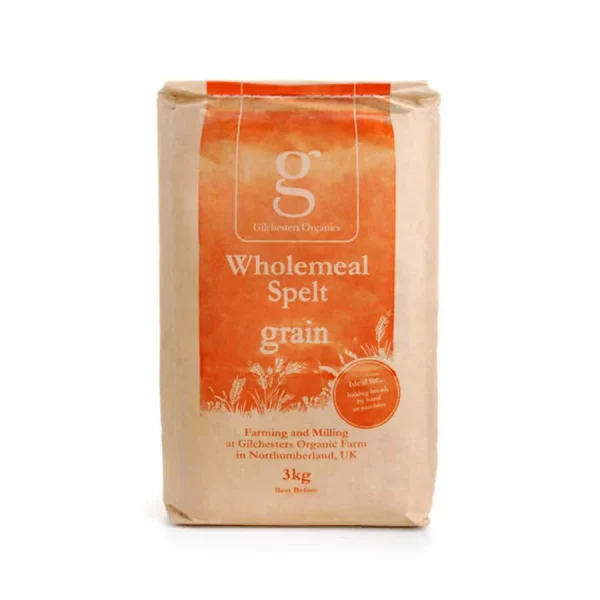
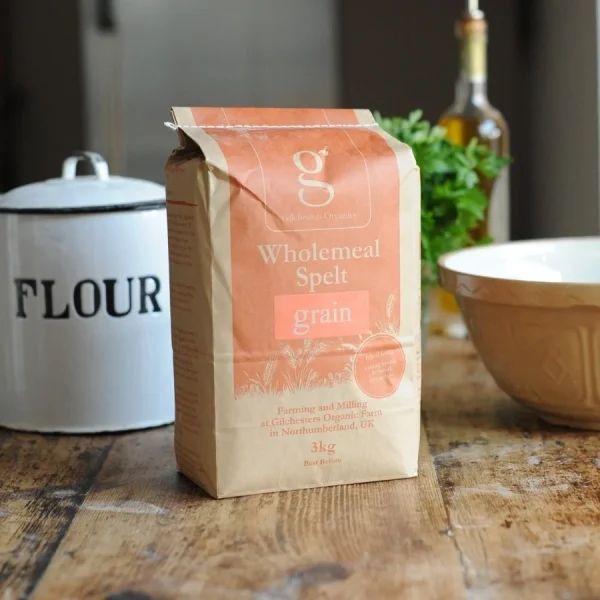
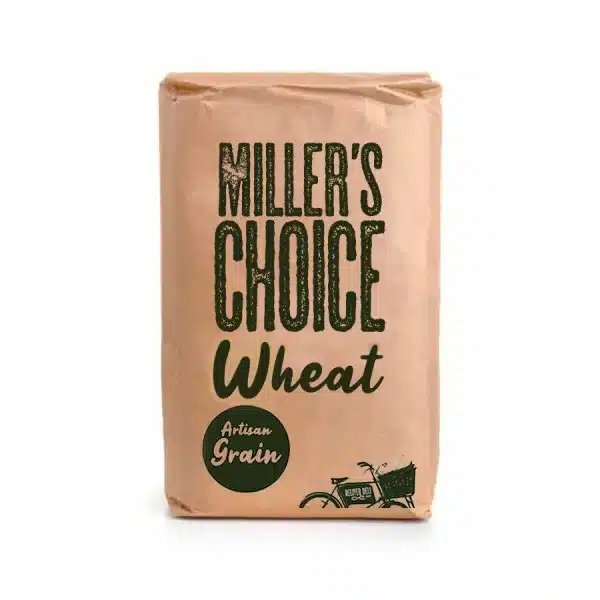
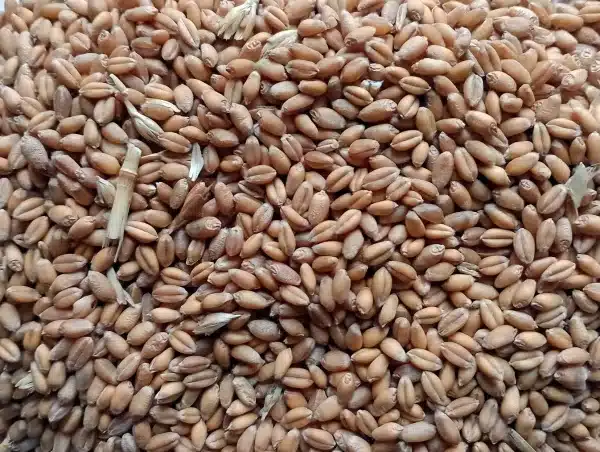
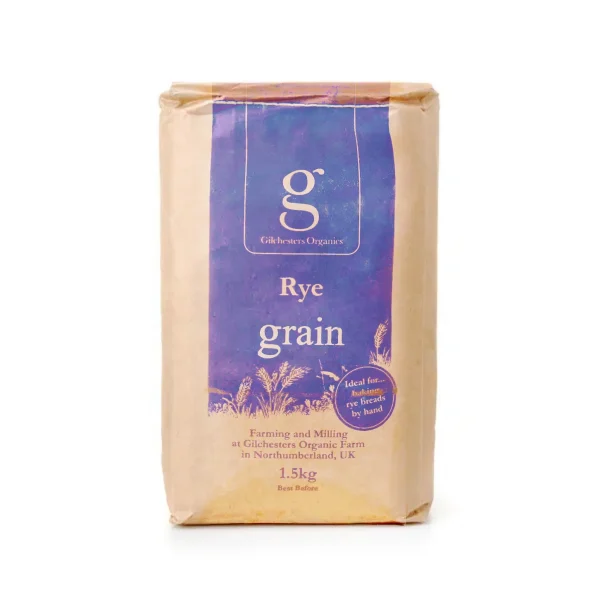
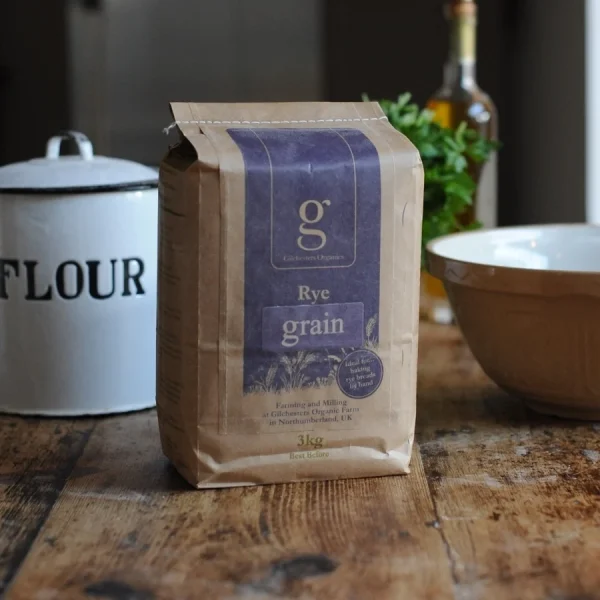
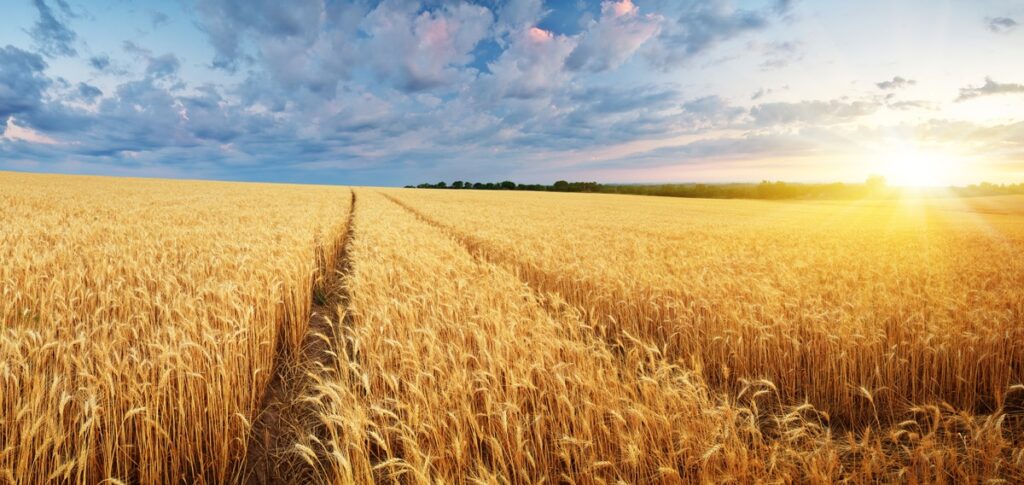
Leave a Reply